.
The Human Heart is a Supersensible Organ of Perception
By Douglas Gabriel
Chapter Two: Physiological Aspects of the Human Heart – Secrets of the Human Heart
.
“The heart of a fool is in his mouth, but the mouth of a wise man is in his heart.” Benjamin Franklin
.
Heart Intelligence
It is only recently that the intelligence system of the heart was discovered. The heart is not a pumping machine. It is an intelligence system. It is the most intelligent system of all our brains, with its own receptors, its own electromagnetic force, from 45 to 70 times more powerful than the brains of the neocortex, and the only force capable of changing our own DNA. It can turn the mortal into immortal, glial cells into heart cells, mortal center into immortal walls in any cell. It is, in fact, the heart that turns each one of us from dying cells into living cells. No one of us is human until the heart beats. And vice-versa, that first beat of the heart is what makes us human.
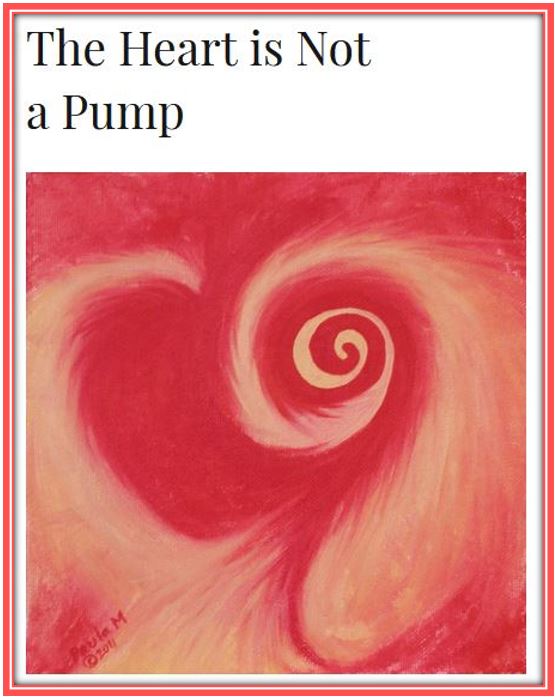
.
The heart contains its own nervous system and nerve ganglia that process information and send it to the neocortex. The heart is a hormonal gland producing its own neurotransmitters, dopamine, epinephrin, norepinephrin, the catechlomines, which affect the kidneys, the adrenal gland, the circulatory system and the neocortex. The heart generates from 45 to 70 times more amplitude electrically than what we call the brain, plus all emotions alter the heart’s electrical field. Electricity emanating from the heart of a person can be detected and measured in the brain waves of others near or touching the person. Cellular memory resides in the heart cells, as can be seen from transplant cases. DNA can be altered in the hands of a person practicing head/heart “entrainment,” or that which was taught in ancient yoga techniques.
The amygdala, in the midbrain, starts forming immediately after the heart’s first beat. It stores all the memories of our life in the womb, with the placenta, the water, the fluids of life, and the terror of losing them, and also the joy of being fed, of bouncing, of moving.
.
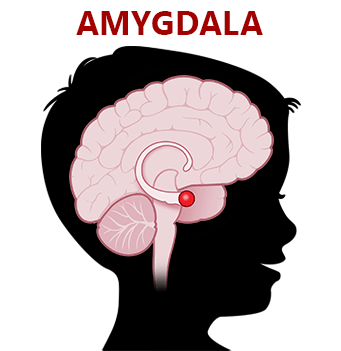
.
The amygdala also stores the life of the mother, her depressions, her fears, her joy. This accumulation of memories goes on in us until the age of three. Which means that all this time we have lived, our life has been recorded for us in the amygdala. After the age of three, the hippocampus matures in us. In it, conscious memories are stored and we have access to them. However, the hippocampus has no access to the memories and the life we lived in the amygdala of the previous three years, even if from this point on amygdala and hippocampus converse with each other.
.
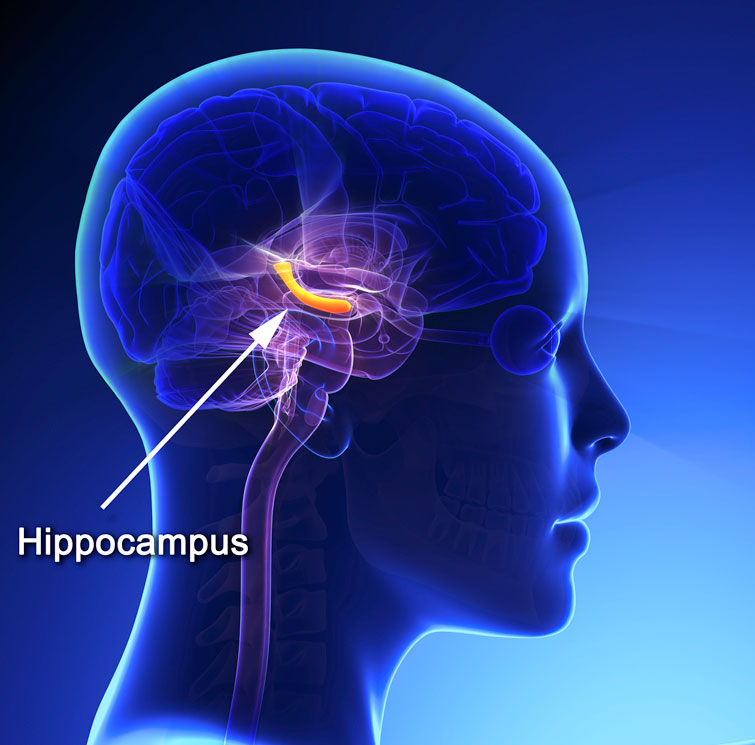
.
What happens to the memories of the amygdala? They become our individual nightmare, the invisible conditioning of all our actions, the blind spot of our lives, the origin of all our terrors, the unknown reason why we do what we have done even when we do not know why we do it.
The conditioning of the amygdala can only be removed by the intelligence system that was developed prior to it, which is the heart with its electromagnetic force and its power of transformation. Otherwise, the amygdala can act on its own by passing the intelligence centers of the neocortex.
Heart/Brain Coherence
Modern science has discovered that when the heart and brain work together, magical things happen. Heart/brain coherence seems to make the human being highly aware of everything happening in the person’s environment – inside and outside. HeartMath technology is an innovative approach to improving emotional well-being and triggering capacities that were thought not to be available to waking human consciousness. It can teach one to change your heart rhythm pattern to create physiological coherence, a scientifically measurable state characterized by increased order and harmony in our mind, emotions and body.
.
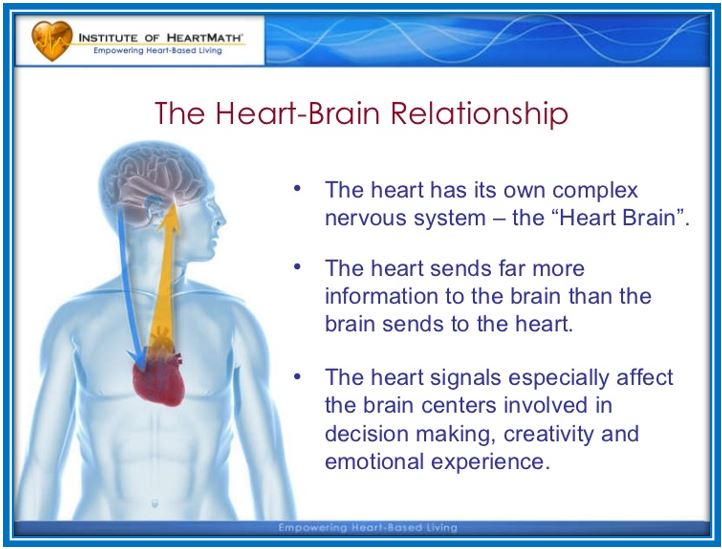
.
In other words, the heart overrules the amygdala. HeartMath research has demonstrated that different patterns of heart activity (which accompany different emotional states) have distinct effects on cognitive and emotional function. During stress and negative emotions, when the heart rhythm pattern is erratic and disordered, the corresponding pattern of neural signals traveling from the heart to the brain inhibits higher cognitive functions. This limits our ability to think clearly, remember, learn, reason, and make effective decisions. This helps explain why we may often act impulsively and unwisely when we’re under stress. The heart’s input to the brain during stressful or negative emotions also has a profound effect on the brain’s emotional processes, serving to reinforce the emotional experience of stress.
In contrast, the more ordered and stable pattern of the heart’s input to the brain during positive emotional states has the opposite effect – it facilitates cognitive function and reinforces positive feelings and emotional stability. This means that learning to generate increased heart rhythm coherence, by sustaining positive emotions, not only benefits the entire body, but also profoundly affects how we perceive, think, feel, and perform.
Secrets of the Heart
One secret of the heart that science is researching is the nature of vortices in the heart and their relationship to the axis of the heart. This new field of study is revealing aspects of blood flow through the heart that the ancients never imagined. The heart is not only two interpenetrating vortices, but it also has numerous vortices in the heart itself. Heart vortex rings are created by the flow of blood in the different chambers of the heart. Cardiologist have found numerous vortex rings and found that each one has a specific frequency that it attunes to, creating harmonious blood flow.
This video below shows vortex rings to give you an idea of how this energy works in the heart. The Science of Vortex Rings.
When heart vortices are misshapen or do not form fully, heart problems begin. Likewise, this is the case with the axis of the heart both in utero and throughout life. The angle of the axis and the health of the vortices can predict the health of the body. The optimal degree of inclination mimics the earth’s axis. The heart is based on the curve of the diaphragm, but the axis is inclined at an angle of 23 degrees, like the axis of the earth against the path of the sun.
Dr. Rudolf Steiner pointed out that there were two major vortices that work together to create the angle of the axis of the heart using forces from above and below the human body. In Man: Hieroglyph of the Universe (GA 201), Rudolf Steiner describes these whirl-winds in the following fashion:
“Imagine, if you will, a wind whirling from above downwards with a certain velocity, and another from below upwards so that they whirl into one another. Assuming that the difference in velocity of the downward streaming force is such that we can say: the relation of the velocity of the up-flowing stream to that of the downflowing stream gives us the same ration as the ration of the velocity of the motion of the stars to that of the Sun, then, if they are whirling into each other, a condensation will be produced by their whirling and will assume a particular form, the silhouette of the human heart.”
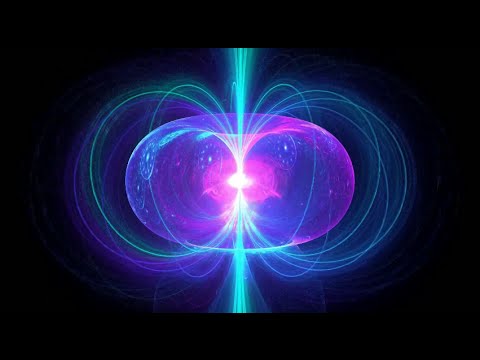
.
Steiner continues: “If we take the difference of velocity between the downward and the upward current, relating the latter to the former in such a way that a difference in velocity results bearing the same relationship as the difference in velocity between the stellar time and the solar time, then through the rotation a condensation arises which receives its own distinct form. One whirls downwards, and because the other whirls upwards driving with a greater velocity, the lesser velocity would be that driving downwards, which gives here through the collision, a condensation, a certain figure. This figure, disregarding imperfections, is a silhouette of the human heart.”
Some years before Steiner told us about these vortices, C. G. Harrison, in The Transcendental Universe, describes the same forces and adds a further description: “Man is the axidal coincidence of the macrocosm and the microcosm. Man, as he is at present constituted, is the resultant of two vortices manifesting dynamically on the plane of illusion, and proceeding originally from two separate streams of tendency, the one representing Divine Love, and the other, the Divine Wisdom, which, meeting on the plane of human consciousness, coalesce into an objective personality. The forces on different planes of consciousness which go to make up man ultimately resolve themselves into two vortices which represent his higher and lower nature. The double vortex is a manifestation in time, or the plane of illusion, and is the result of cyclic aberration on the plane of spirit.”
Harrison continues: “Let us consider what is called the ‘torsion of impact,’ or the effect produced when two vortices meet whose axes impinge at an angle. If their velocity be not equal, they form two conical spheroids revolving in opposite directions, corresponding to the “figure of 8.” The ascending hierarchy of the former period complete their evolution, in this cosmic manvantara, under the law of acceleration, whereas the hierarchy who manifest as the Powers of Light are on the ascending arc of their cycle, and are subject to the law of retardation. Accordingly, the vortices which respectively represent their activities are of unequal velocity. One day, the spheroidal vortices will coalesce and become one, first as an elliptical spheroid and afterward as a true sphere capable of indefinite expansion.”
Modern scientific research focuses on heart vortices and have discovered that health and illness are directly connected to the proper interaction of heart vortices and axial deviation. Makato Amaki tells us in Vortex Formation in Decompensated Heart Failure, all about these mysterious rings of frequencies:
“What are vortices and why do they form? The cardiovascular system’s dynamic contours create time-varying and spatially-complex patterns of blood flow. Flow coming in from different directions is melded into a compact, nonturbulent mass of fluid and channeled towards preferential flow lines, often in the form of vortices, ring-shaped regions of rotating blood flow. Mitral leaflets and the trabeculated endocardium further modulate the flow, facilitating continuous asymmetric redirection of blood flow to the outflow tract.”
“Vortices have different formation time, size, shape, strength, depth, and direction depending on the time of the cardiac cycle, as well as valve and chamber geometry. Which characteristic of the vortex is most important is not clear, but a tightly compact, persistent ring seems to provide the best flow propagation. Interestingly, vortex properties depend on chamber function, but vortices also modulate diastolic LV wall lengthening and recoil. Vortex characteristics may thus be a signature of myocardial health and disease.”
.

.
“A distinguishing feature of cardiac blood flow is the presence of vortices, which are ring-shaped regions of rotating flow motion. Vortices are well-known entities in fluid dynamics, characterized by instability that can markedly influence mechanical function. More than 500 years ago, Leonardo da Vinci introduced the concept of circular flow formation in the sinus of Valsalva. Such a fluid structure that possesses circular or swirling motion is defined as a vortex. Vortices are considered as reservoirs of kinetic energy. In vitro experiments have demonstrated that fluid transport can be laminar, vortical or turbulent. Within these patterns, vortex ring formation is the most efficient for periodic changes in the direction of the flow.”
“Vortices, whether in tubes, aquatic motion, or nature, seem to transport fluid more efficiently than in a straight jet by providing a compact hydrodynamic channel. Vortices help multidirectional streams of blood merge without collision and energy loss. Their ability to add volume to the LV without a significant increase in pressure benefits chamber compliance.”
“Vortices have been exhaustively studied in the field of fluid dynamics, and they possess many remarkable qualities. An extremely energy-efficient platform for transport of fluids, they allow the seamless merging of multiple streams without energy loss. Changes in direction of flow are achieved with similar conservation of power while creating compact zones of flow with uniform directionality and tremendous velocity. The characteristics of vortices have powerful application in the context of cardiac structure and function.”
“The most intriguing advantages of vortex formation may be to couple flow, stretch, and cellular response. Fluid forces and vortices are epigenetic modulators in the development of cardiac chambers and valve geometry, and vortices may help distribute flow-related stress loads.”

.
C. G. Harrison, in The Transcendental Universe continues: “Blood motion in the heart features vortices that accompany the redirection of jet flows towards the outlet tracks. Vortices have a crucial role in fluid dynamics. The stability of cardiac vorticity is vital to the dynamic balance between rotating blood and myocardial tissue and to the development of cardiac dysfunction. Vortex dynamics immediately reflect physiological changes to the surrounding system, and can provide early indications of long-term outcome. The evaluation of blood flow presents a new paradigm in cardiac function analysis, with the potential for sensitive risk identification of cardiac abnormalities.”
“The pattern of flow in the human heart changes dramatically during one cardiac cycle. However, flow is redirected within the cardiac chambers through vortex formation, which avoids excessive dissipation of energy and facilitates the efficient passage of blood. Visualizing multi-directional flow using echocardiographic techniques may open up new possibilities in assessing cardiac blood transport efficiency in health and disease.”
.
Leonardo da Vinci examined the vortices of the heart. Leonardo da Vinci’s theory about the heart was right.
The Electrical Axis of the Heart
New research has discovered the importance of the heart axis for optimal health. The axis of the human heart changes over time and eventually mimics of axis of the Earth in relation to the Sun. The electrical axis of the human heart is the net direction in which the wave of depolarization travels. It is measured using an electrocardiogram (ECG). Normally, this begins at the atrioventricular node (AV node); from here the wave of depolarization travels down to the apex of the heart.
In Electrical Axis (Normal, Right Axis Deviation, and Left Axis Deviation),Anthony H. Kashou tells us:
“One of the key steps in interpreting an electrocardiogram (EKG) is determining the electrical axis of the heart. Being able to determine the electrical axis can give insight into underlying disease states and help steer the differential diagnosis towards or away from certain diagnoses.”
“The axis of the ECG is the major direction of the overall electrical activity of the heart. It can be normal, leftward (left axis deviation, or LAD), rightward (right axis deviation, or RAD) or indeterminate (northwest axis). The sum of all the individual vectors generated by the depolarization waves makes up the electrical axis. Because each myocyte can produce an action potential, an axis for each wave and interval of the cardiac cycle can be determined. Knowing the axis of each and how they interact can reflect certain pathology.”
“When the electrical axis is discussed and taught, the ventricular axis is typically used in common clinical practice, although the atrial axis can be quite useful in clinical situations. Since the left ventricle makes up most of the heart muscle under normal circumstances; thus, it generates the most electrical force visible on the EKG. The normal ventricular axis is thus directed downward and slightly towards the left.”
“There is some disagreement on the exact degrees that define each type of an electrical axis, but there are some general cutoffs that can be used for the Ventricular (QRS) Axis. The QRS axis moves leftward throughout childhood and adolescence and into adulthood. At birth, the normal QRS axis lies between +30 degrees and +190 degrees. Between the ages of 8 to 16 years, the axis moves leftward with normal lying between 0° degrees to +120 degrees. The normal adult QRS axis is between -30 degrees and +90 degrees, which is directed downward and to the left. This adult range is sometimes extended from -30 degrees to +100 degrees.”
“Determining the electrical axis on an electrocardiogram can help narrow the differential diagnosis and lead to an efficient diagnostic approach for the patient. This will help decrease the time needed to arrive at the right diagnosis and improve patient outcomes. An interprofessional team of clinicians, nurses, and technicians trained in the interpretation of an EKG is needed to achieve this goal. Documenting the approximate degree itself of the axis is the bottom line to study the association with the levels of various possible risk factors.”
Axis Deviation:
If the electrical axis falls between the values of -30° to +90° this is considered normal.
If the electrical axis is between -30° to -90° this is considered left axis deviation (LAD).
If the electrical axis is between +90° to +180° this is considered right axis deviation (RAD).
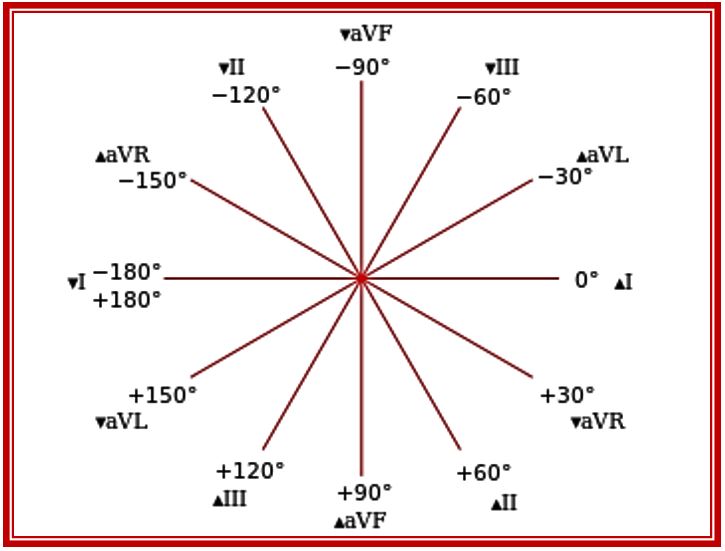
.
RAD is associated with:
- Fascicular block
- Lateral myocardial infarction
- Right ventricular hypertrophy
- Pre-excitation syndromes
- Ventricular tachycardia
- Ventricular ectopy
LAD is associated with:
- Wolff–Parkinson–White syndrome
- ostium primum atrial septal defect
- glucose intolerance
- atherosclerosis
- fibrodegeneration
- diabetes
- Chagas disease
.
The Ideal Heart Axis
The axis of the heart is critical in heart health and it begins in the womb. In one study, cardiac position and axis were evaluated by ultrasound in 183 normal fetuses; both position and axis were found to be constant throughout gestational life. In the four-chamber view of the fetal heart, the normal axis lies at a 45 degree angle (range 22-75 degrees) to the left of an anteroposterior line drawn from the spine to the anterior chest wall. The normal position of the posterior portion of the heart can also be defined. The axis or position of the heart deviated from the established normal range in 15 cases.
Abnormal axis was associated with 50% mortality; abnormal position with 81% mortality. Deviation from the normal position of the fetal heart should initiate a search for an intrathoracic mass, whereas an abnormal axis is an indication for fetal echocardiography. Axis and position of the fetal heart are easily evaluated during a standard obstetric scan and can be a useful tool to determine heart health. Thus, the axis of the heart is a key determining factor for heart health, as well as overall health.
.
The videos below provide insight further insight into the secrets of the heart. In our next post, we will explore The Heart Sac – Fifth Chamber of the Heart.
.
2nd Brain Found in the Heart – Trust your Gut Feelings
Two Vortex Rings Colliding in SLOW MOTION. Imagine how this looks in the heart.
Take a moment and listen to Gary Lite, a contemporary videographer, describe vortices, math, and the Rodin Coil. An Introduction to the Rodin Coil and Vortex Based Mathematics
Douglas Gabriel has written a book about the heart, entitled The Human Heart is a Supersensible Organ of Perception, which we are releasing section by section until complete. Below are the chapters released so far. You can also access the chapters by typing “The Human Heart” in our search bar and all of the posts will be displayed.
Chapter One: The World Changes When Our Hearts Do
Chapter Two: Physiological Aspects of the Human Heart
Secrets of the Heart (you are here)
Next: Chambers of the Heart
